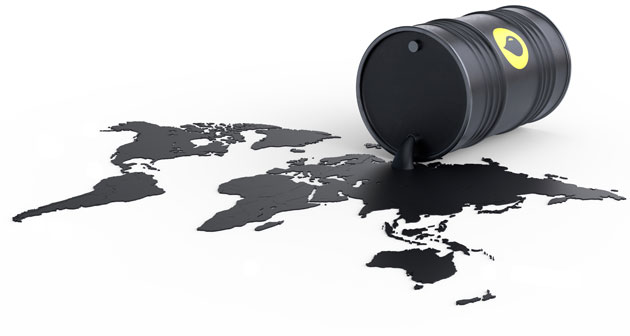The Environmental Impact of Oil Spills



How Do Oil Spills Affect the Environment?
Used oil is the largest, single source of water pollution in the U.S. One gallon of used oil can contaminate one million gallons of water – a year’s supply for 50 people – and create an eight-acre oil slick on surface water.
Nearly 20 years ago, the U.S. Congress approved the Used Oil Recycling Act which established a mandate for the U.S. Environmental Protection Agency to ensure that used oil recycling is, “consistent with the protection of human health and the environment.” The act also recognized the benefits of used oil recycling on small-quantity generators and small businesses.
Waste Oil Underground Tank Storage Cleanup
Today, the EPA is the leader in cleanup and investigations of active and abandoned waste oil disposal sites. Additionally, the EPA provides emergency response services for leaks and spills that pose a direct, immediate threat to human populations and the environment.
The EPA performs underground storage tank (UST) cleanup as well. Up until the 1980’s waste oil or used oil was often disposed of in storage tanks that were then buried in the ground. Unfortunately, this can lead to the old tanks leaking waste oil into the surrounding environment.
According to the EPA, over 564,000 UST releases had been confirmed as of September 2021. Of these, over 499,000 contaminated sites have since been cleaned up. There are more cleanups to identify and to complete. However, it is costly to the communities and the federal government and must be undertaken carefully so as not to make the contamination worse.
When USTs start to leak into the surrounding environment, the used oil can contaminate soil, groundwater, surface water, or even indoor air. This can lead to drinking water contamination for whole communities. UST cleanups cost less and are completed more quickly when contaminated sites have only impacted the surrounding soil and not the groundwater.

However, corrective action for leaks that affect groundwater can cost over $1 million, depending on the extent of contamination.
Liability for Owners or Operators That Produce Waste Oil
To help prevent future UST releases and cleanups, extensive federal regulations and state requirements have been added over the past 35 years. Responsibilities include adhering to technical standards for storage tank operation, conducting regular site check-ups for leaks, and immediately notifying the appropriate agencies if you suspect a leak might occur. Additionally, owners and operators of USTs must show that they have the financial resources to clean up a site if a release occurs.
Many states have also adopted guidelines for the collection, recycling, and burning of used oil, and UOMA supports and applauds these actions. However, there is still more work to be done and more gallons of used oil to burn. Learn more about cradle-to-grave liability for businesses.
